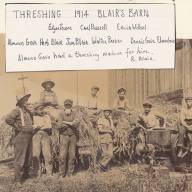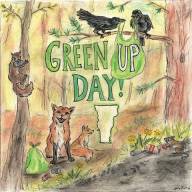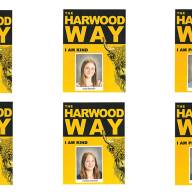Next week, the Fayston Planning Commission will begin a preliminary discussion of how private trails might impact adjoining landowners and the environment as part of a review of how the town’s zoning and land use regulations address outdoor recreation facilities.
The September 9 hearing begins at 5:30 p.m. at the town office on North Fayston Road.
Planning commission chair Paul Quinlan said the next week’s meeting is a follow-up to a discussion at a July planning commission meeting, but said the topic really came from a Mad River Valley Planning District steering committee meeting where steering committee members heard from members of the Conservation Recreation Visioning (CRV) team.
That team was created as part of the $408,000 Vermont Outdoor Recreation Economic Collaborative grant that the Mad River Valley Recreation District and its partners received in 2022 to create a rec hub in Waitsfield that includes a bridge over the Mill Brook. That bridge connects the village commercial district to The Valley’s rec trail network.
The CRV work is focused on education and collaboration among community recreation groups around the idea that recreational uses and trails need to be built and maintained in ways that protect the environment, animal habitat, headwaters and fragile upland areas.
Quinlan said his interest was piqued by the CRV presentation to the steering committee and he said the planning commission’s preliminary conversation revealed differences of opinion among commissions that merited further conversation.
“The steering committee presentation we heard basically asked if you’re a landowner and want to put in trails, how do you do it in a way that doesn’t adversely impact the environment and your neighbors. That’s where it turns into a zoning issue,” Quinlan said.
He said people putting trails on their land could be impacting neighbors and the surrounding environmental, yet people walking the same path to their pond every day perhaps shouldn’t be subject to burdensome regulations imposed by the town.
“It’s part of a larger discussion of what is a trail and a footpath and what is trail building and what triggers review,” he explained.
“Our land use regulations should have some educational and instructional value. One goal is for our regs to include links to the Department of Natural Resources website that spells out how to build equestrian, bike or walking trails. And our regs need to have not just some education value but enforcement value for our zoning administrator,” he added.













